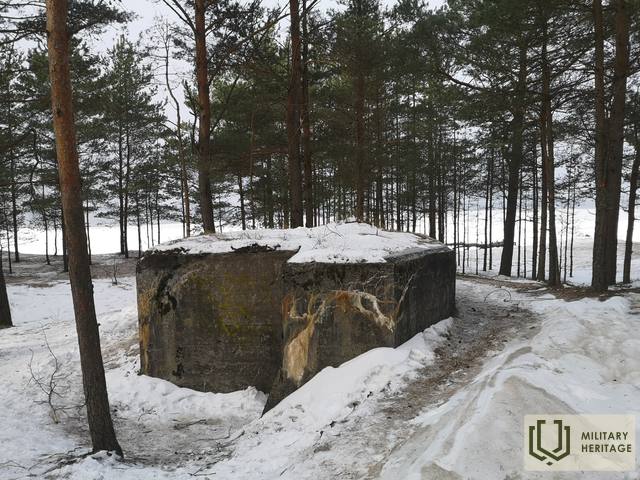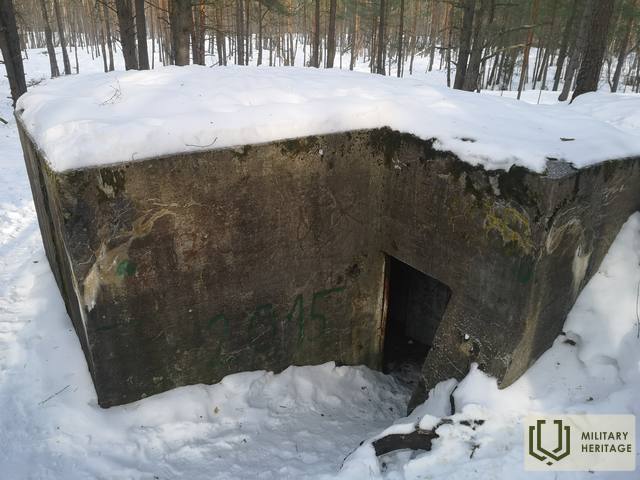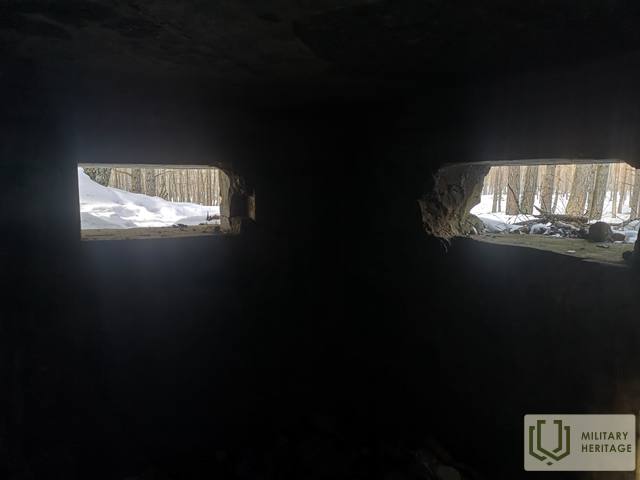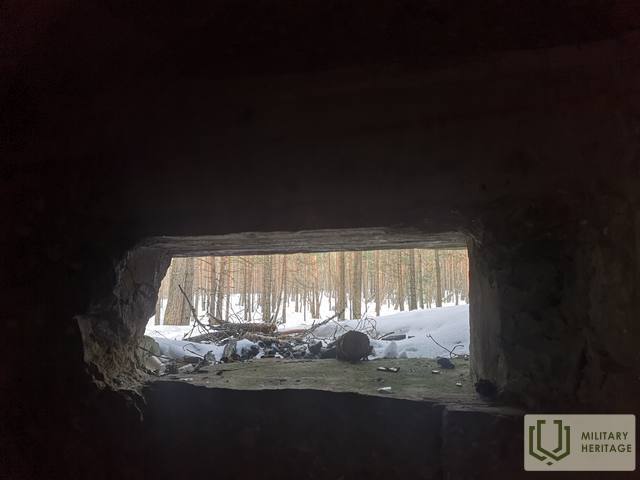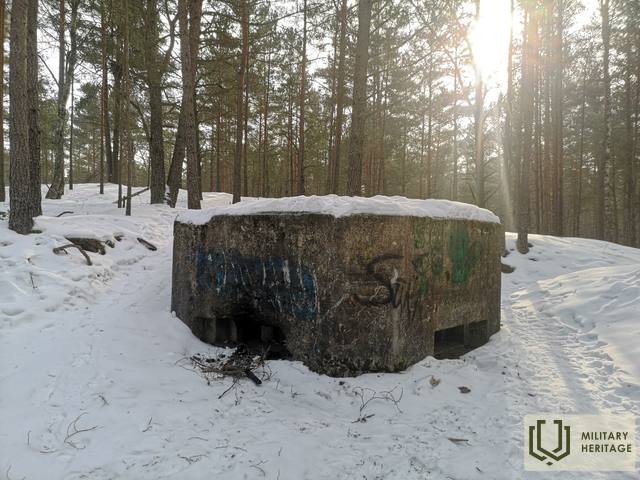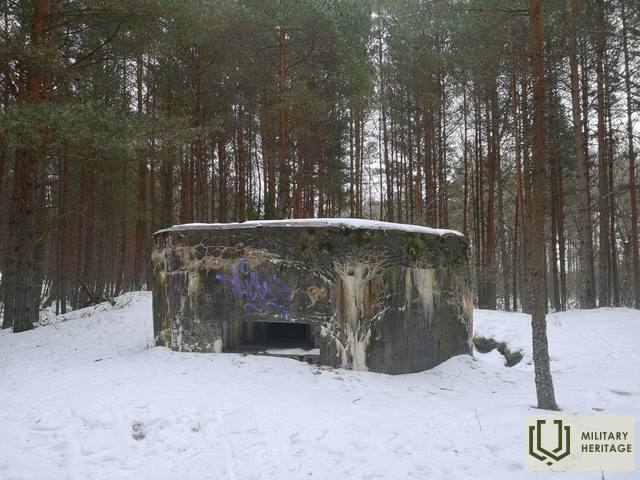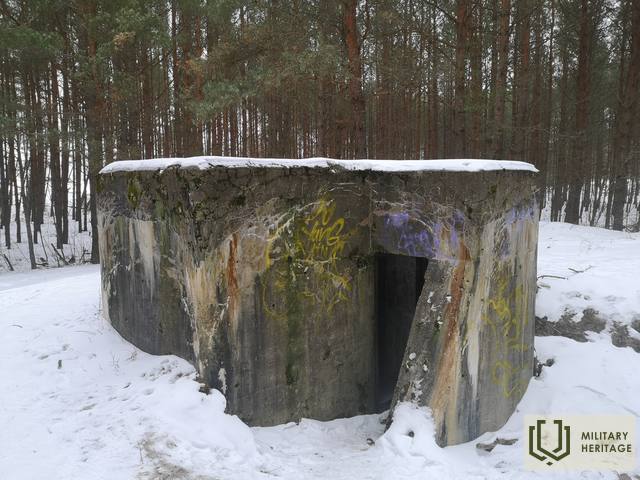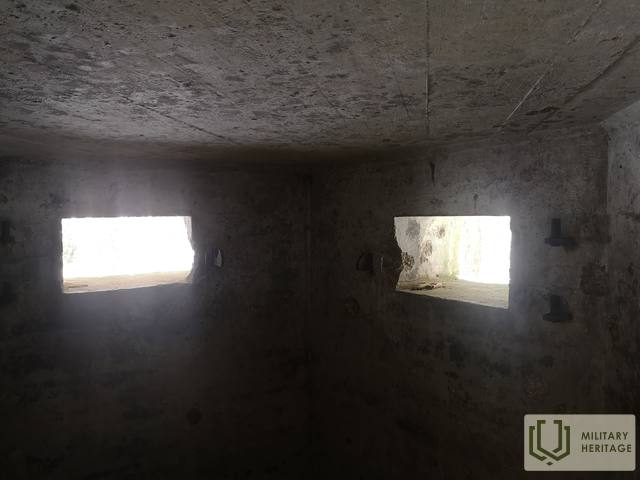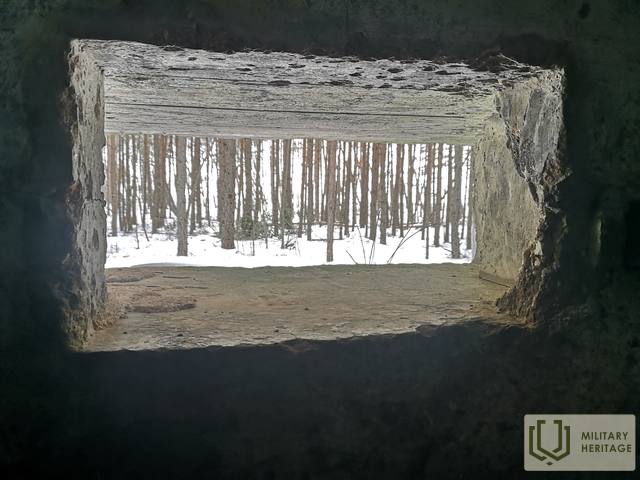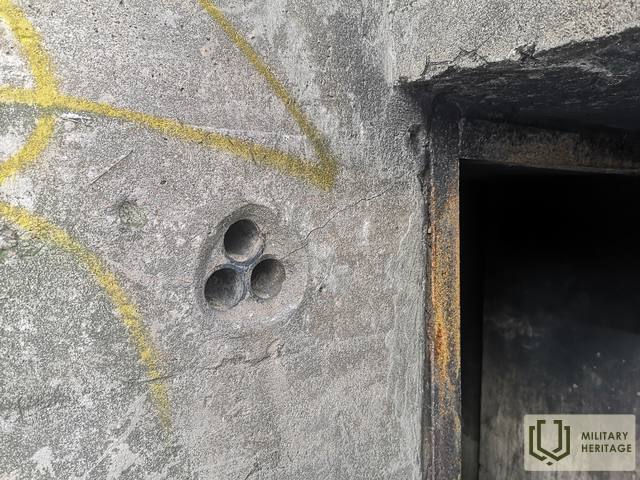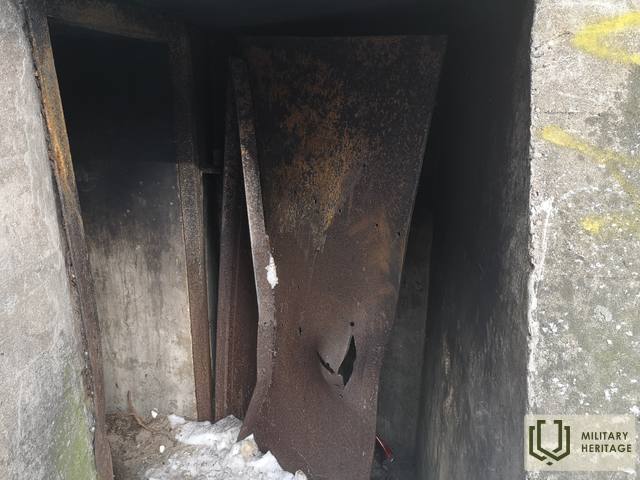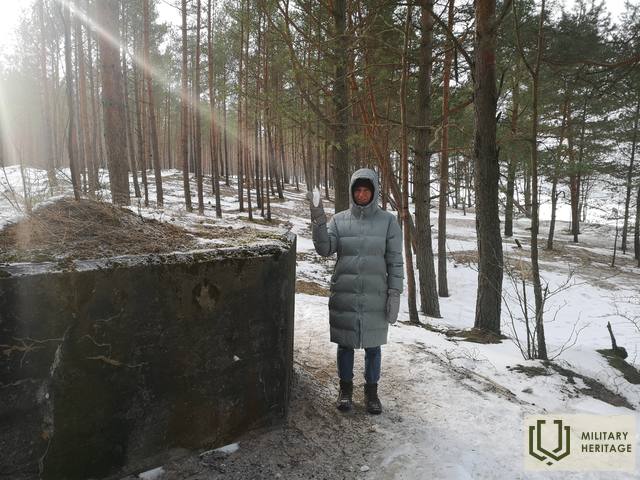Coastal fortifications in Carnikava Bunker


 30
30



Located in Carnikava at the mouth of the Gauja River in the Gulf of Riga.
The reinforced concrete fortifications or caponiers built by the Sapper Regiment of the Latvian Army (1938) were an element of the Latvian Army's coastal defense system. They were intended for firing machine guns at the enemy in two different directions. They were secret and difficult to notice military objects.
After World War I, the Latvian army did not yet have a strong navy. The sea border was long, and coastal defense became difficult. The main emphasis was placed on the defense of Riga from enemy naval attacks. The artillery of Daugavgrīva and Mangaļsala was to shell enemy ships that would try to break into the Daugava estuary, while the support points at the Lielupe (in Jūrmala) and the mouth of the Gauja into the sea (in Carnikava) would stop the enemy landing. The coastal defense had one, specially equipped armored train, which would provide artillery support and reinforcements in the direction of Saulkrasti or Jūrmala. The purpose of fortifying strategic locations was to enhance the action of weapons, using special structures and terrain advantages. Coastal defense fortifications were located over a large area to reduce the enemy's influence in the event of war.
Today, several rare and well-preserved fortifications can be seen in the territory of the Nature Park "Piejūra".
Used sources and references:
Priedītis, E. Latvian Navy. 1919-1940. Riga: Citrons Printing House, 2004.
Anderson, E. The Latvian Armed Forces and Their Prehistory. Toronto: Daugavas Vanagu Central Publishing House, 1983.




